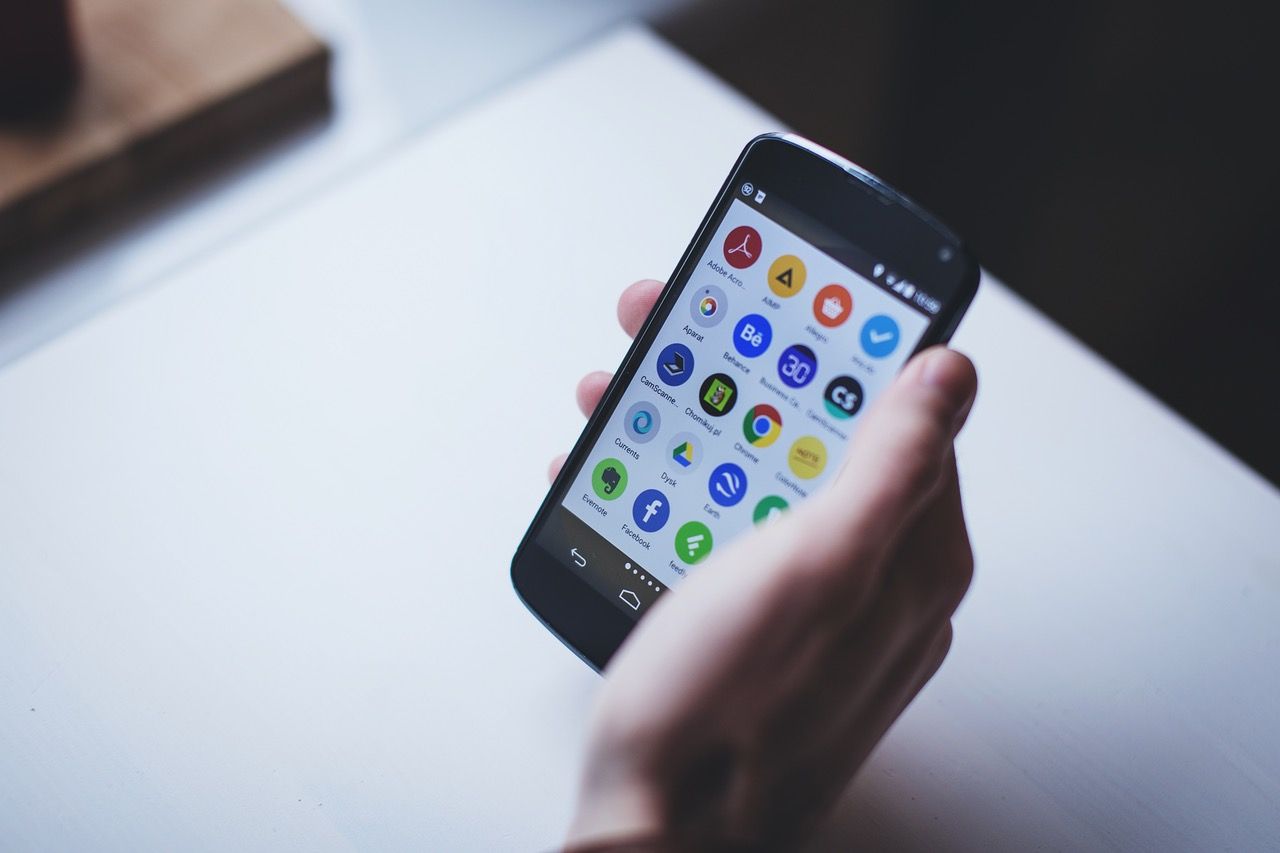
Recently smartphones devices are under attack from malicious apps and malware that creep inside the system compromising personal data and other sensitive information from users.
To keep the smartphone malware free and from online attacks, there are certain precautions you can take to protect your device.
1. Do not Sideload Apps from Fishy Websites:
In Android, applications are packaged in apk format and users can save the apk file separately and install it without relying on Google Play store. Users can also download apk files from websites, and use it conveniently.
Although this helps in many cases, this feature can be dangerous if a user unknowingly downloads a trusted application embedded with malicious content from an untrustworthy source.
The term; Sideloading means, installing any application outside of the official app store.
It is advisable not to sideload application from websites you don't trust and it's safer to install applications directly from the Play Store.
2. Uncheck Installing of Apps from Unknown Sources:
When sideloading applications, Google will prompt once about installing from "Unknown sources" and wants the sideloaded app verified with the Google server to make sure the incoming file is safe.
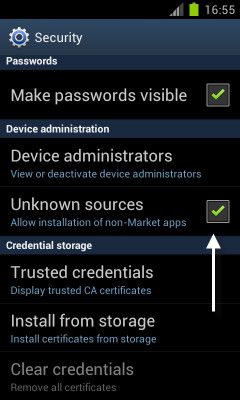
It is safer to scan the apk file with "verifying app" and then sideload it. Verifying with Google server will make sure the application is free from any embedded content that may spread malware inside the system.
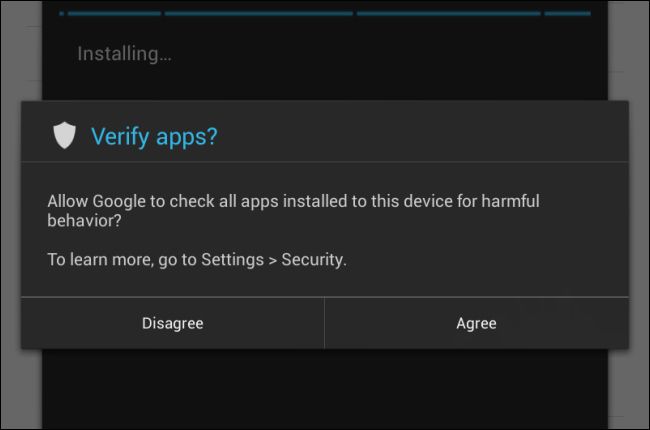
It is also recommended to tick off "Unknown Sources" after sideloading the apps.
3. Look out for Malvertising Campaigns:
Malware embedded with advertisements to make revenue are now widely circulated online and this malware may hack into the system from many sources and display adds without interruption to the infected smartphone.
Once it gets into the system, this malware is hard to remove and stay installed forever making the device obsolete.
Using of security applications, like Malwarebytes are recommended for protection from Malware that gets into the Android system through various mediums.
4. Don't get panic by Scareware:
Scareware is a malware that scares the user by informing that a potential virus is found in the system and tricks the user to install an app so as to remove it.
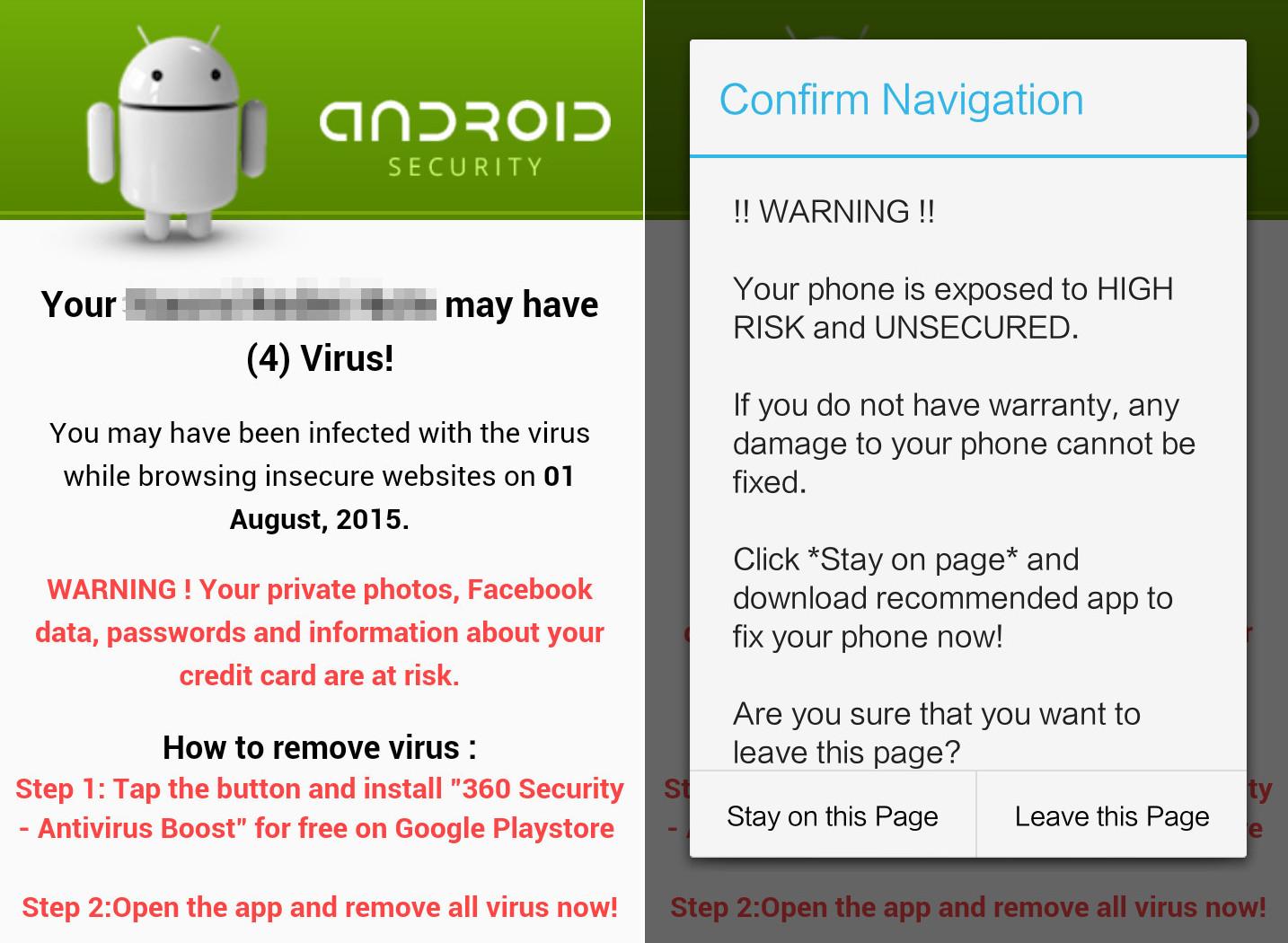
If a user installs the app out of fear, the malicious content will get inside the device and may compromise the entire functionality of the device and take away all the information inside the smartphone.
5. Turn on Safe browse for Chrome:
To have a safer online browsing experience, Google has enabled safe browser feature to warn about websites that have malicious content while browsing the internet.
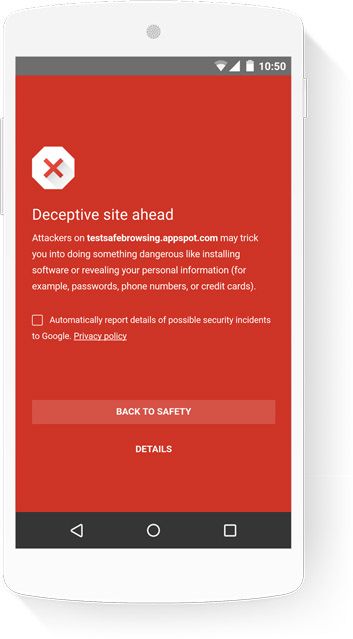
The user can enable this feature by navigating to, Settings > Privacy, and make sure the "Safe Browsing" option is checked.
6. Keep the Software Updated:
The Android operating system will get regular security patches and updates. It is important that users must have an updated software to keep the system protected from any bugs or loopholes the attackers may use to deploy an attack over the devices.
While the above steps may keep you protected, the smartphone users must also be aware when storing sensitive contents like credit card information, bank account details and other private contents inside the smartphone.







